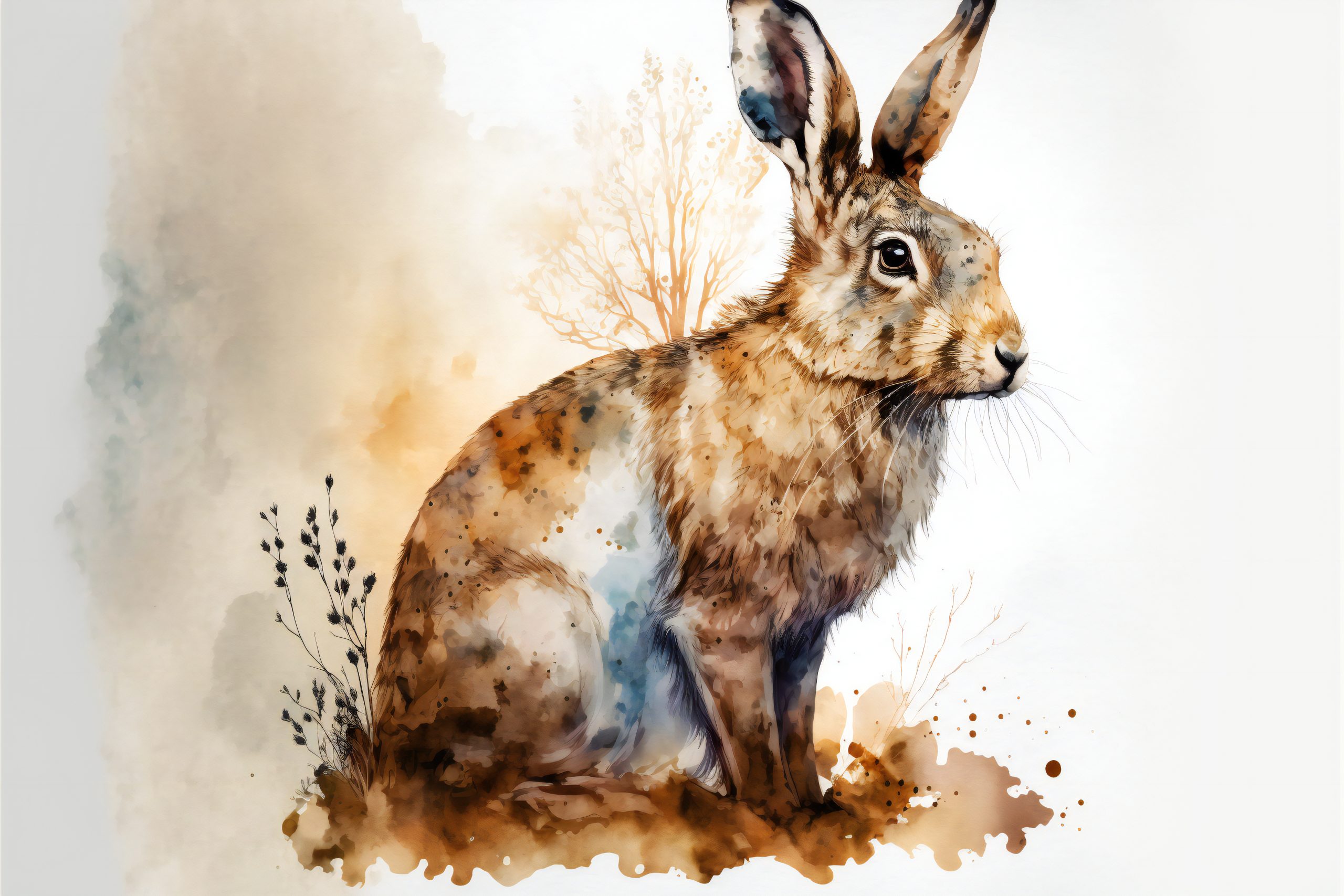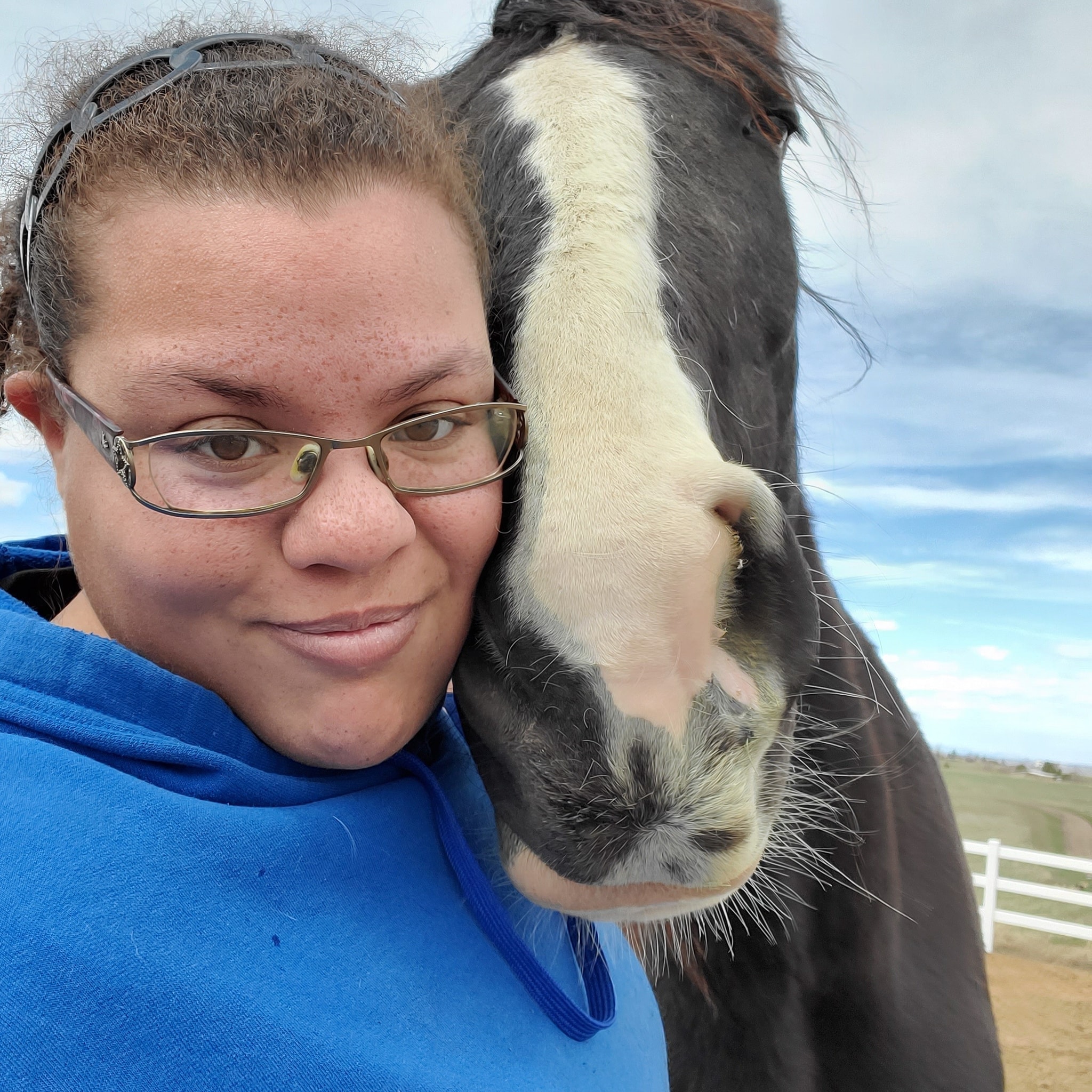For millennia, the Hare has had deep spiritual meaning from the association with Spring, to its association with Gods and Goddesses, the Moon and fertility. The Hare was first introduced to Britain by the Romans and they soon became part of British folklore and mythology and in some areas, it became part of the cultural history. From the Mad Hatter’s tea Party in Alice in Wonderland to the mystical White Hare, and of course, who can forget theEaster Bunny… or at least the Easter Bunny’s origins. The Brown Hare is the fastest land mammal in the UK, it’s powerful hind legs define the iconic shape, allowing it to reach up to (and exceed) 40mph. The Hare is an elusive creature whose shy nature and amazing speed has made seeing a Hare in the wild a rare and magical sight. The Hare has many spiritual, mystical, magical, and pagan associations, and this may sound unrealistic, but I can find more stories about the Hare than I have about Gnomes.
The Hare and Boudica
It is believed that the great Iceni Queen Boudica consulted the entrails of a Hare to “divine” if her uprising against the Romans would lead to victory. It’s believed that the Romans introduced the Hare around 2,000 years ago, and that means within 100 years the Hare already had magical, or mystical meaning.
The March Hare
The March Hare is a character in Lewis Carrol’s “Alice’sAdventures in Wonderland”. In the book the Hare (names Haigha) is the host of the infamous Mad Hatter’s Tea Party. He is a jittery fellow, unable to sit still. Later in the story he appears at the trials of the Knave of Hearts.Throughout the books he appears to be confused and at times, delusional.
The Hare in March
The Hare is famous for its very lively courtship, and the term “mad as a March Hare” is very likely a reflection of the Hare’s behavior during their mating season. The female Hare will entice a male into chasing her, if he is able to catch her, she will mate with him. If he can’t catch her, she will abandon the courtship and look for another, more suitable mate. However, if a male Hare tries to force a courtship, the female will stand her ground and throw a few nice lefts and right hooks.
The Hare and the Goddess
The Goddess that is most associated with the Hare is the Germanic Goddess of the Dawn, Spring, and new beginnings; Eostre. The myths about Eostre say that she is responsible for bringing Spring each year, one year she was late partly due to finding a dying (or dead) bird in the snow; this saddened the Goddess so she brought the bird back to life as a White Hare. To honor the Hare’s origins the Goddess gave the Hare the ability to lay eggs on one day each year. The Hare could give the eggs away to people who attended theSpring festivals. Does this sound familiar? Over time the Hare would become theEaster Bunny that so many adore today.
The Hare and Renewal
In the stories about Eostre, she revived a dying bird as a WhiteHare. The Hare is associated with the Spring, a time of rebirth and renewal.The Hare is also associated with the Moon and it’s believed in some cultures that the Moon and the Hare would die each night in order to be reborn the next moonrise.
The Hare in Folklore
The Hare is associated with the Moon in many cultures all over the world.
In China, the Man in the Moon is replaced by theHare in the Moon and plays the role of the Messenger of the Moon Goddesses. Chinese folklore says that a Hare becomes pregnant by crossing water under moonlight, or when touched by the light of the Full Moon
In Egyptian folklore the Hare could gender shift between both genders making it an androgynous figure.
In African folklore the Hare is a trickster, and these stories became the basis for the Br’er Rabbit – a trickster character that survives by the power of his wits rather than strength or brawn. These stories were brought to America by those who were enslaved.
The Hare is sacred to Aphrodite and Eros because of their high libido.
The Hare also features in Aesop’s most famous fable – the Tortoise and the Hare, where the Hare believes he can win a race with his swiftness alone… then loses to the patient tortoise.
In Irish folklore the Hare is associated with the Sidh (the fae) and people who harm a Hare will suffer terrible consequences.
In the Algonquin tribe the Hare is honors as the Great Hare, as a demiurge and having a role in the creation of the world
The Hare as an Animal Totem
Hare Associations
Fertility
Abundance
Wealth
Cleverness
Creativity
Spontaneity
The Moon
Negotiating Times of Change
Personal Growth
Magic
Inspiration
Mystery
Protection
Nocturnal Activity
When the Hare appears in your life it’s a herald of new beginnings. Change and fertility. TheHare is here to help you move forward with strength and courage. The Hare calls for balance, intuition, and openness to change. The Hare is a reminder not to take yourself too seriously because when you do, it’s easy to be tricked or led astray. The Hare helps us to awaken ourselves to the promise and beauty of new starts. Don’t get stuck in the little things because you can lose your way, the Hare can help you move forward.



